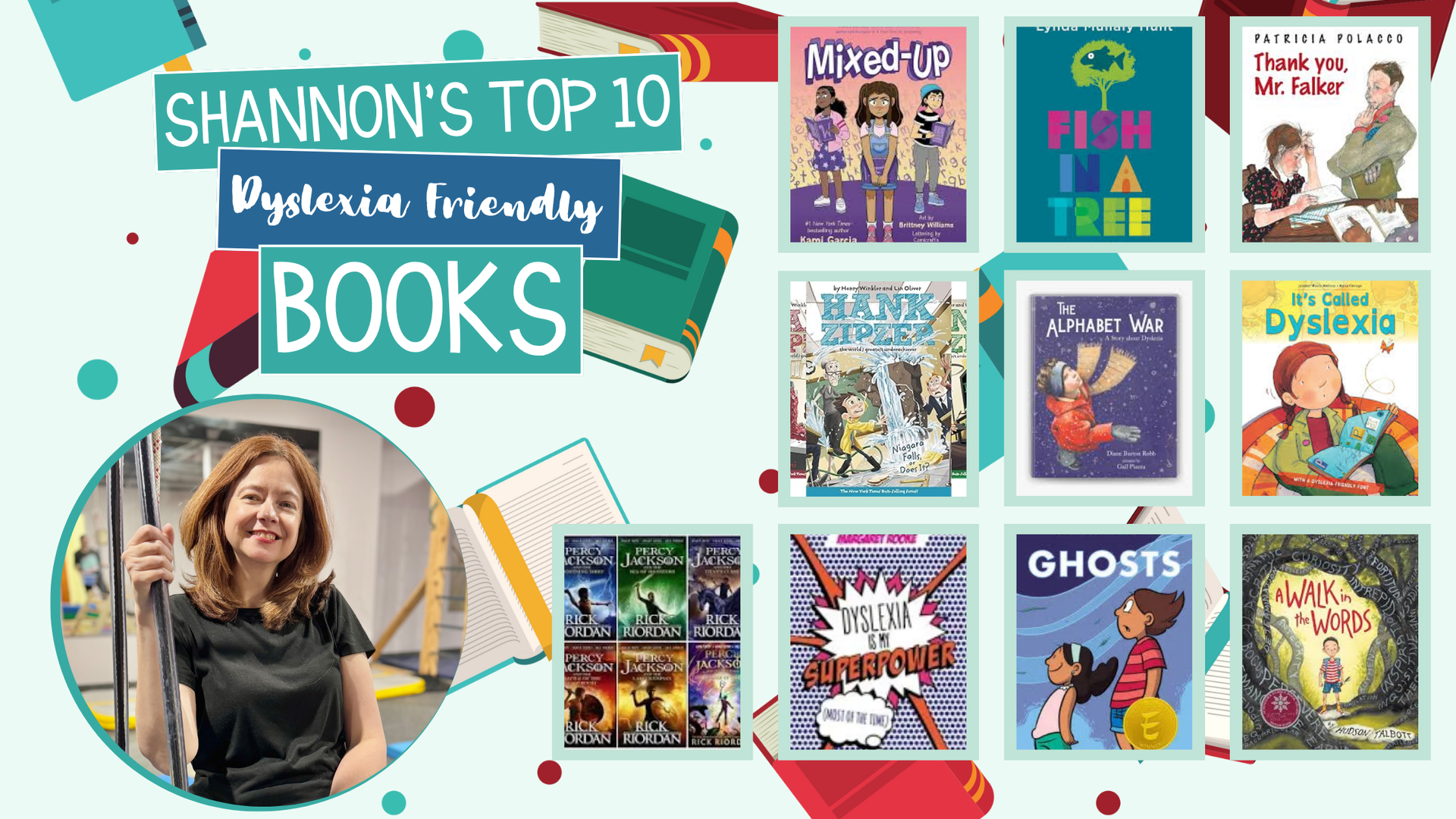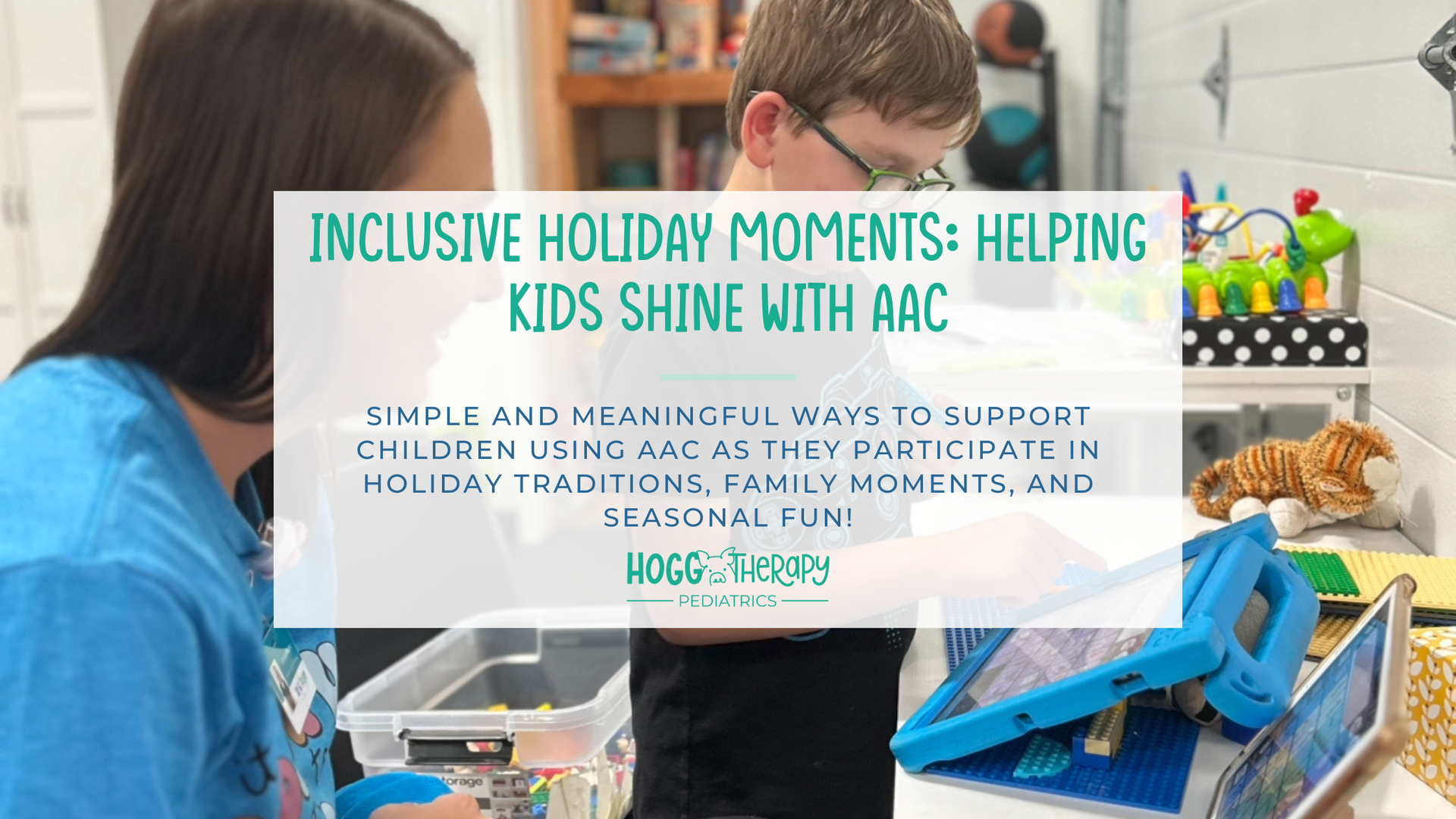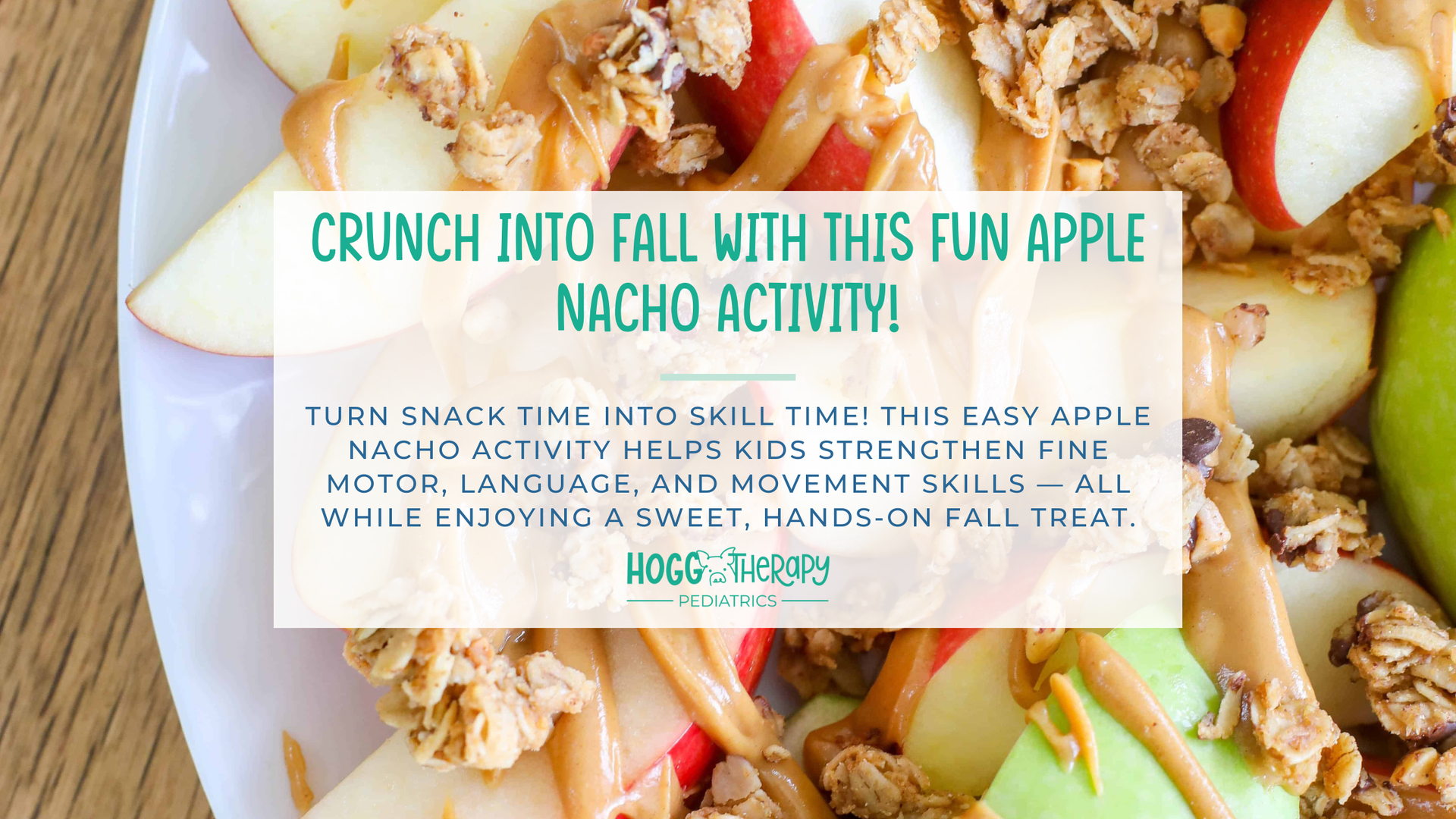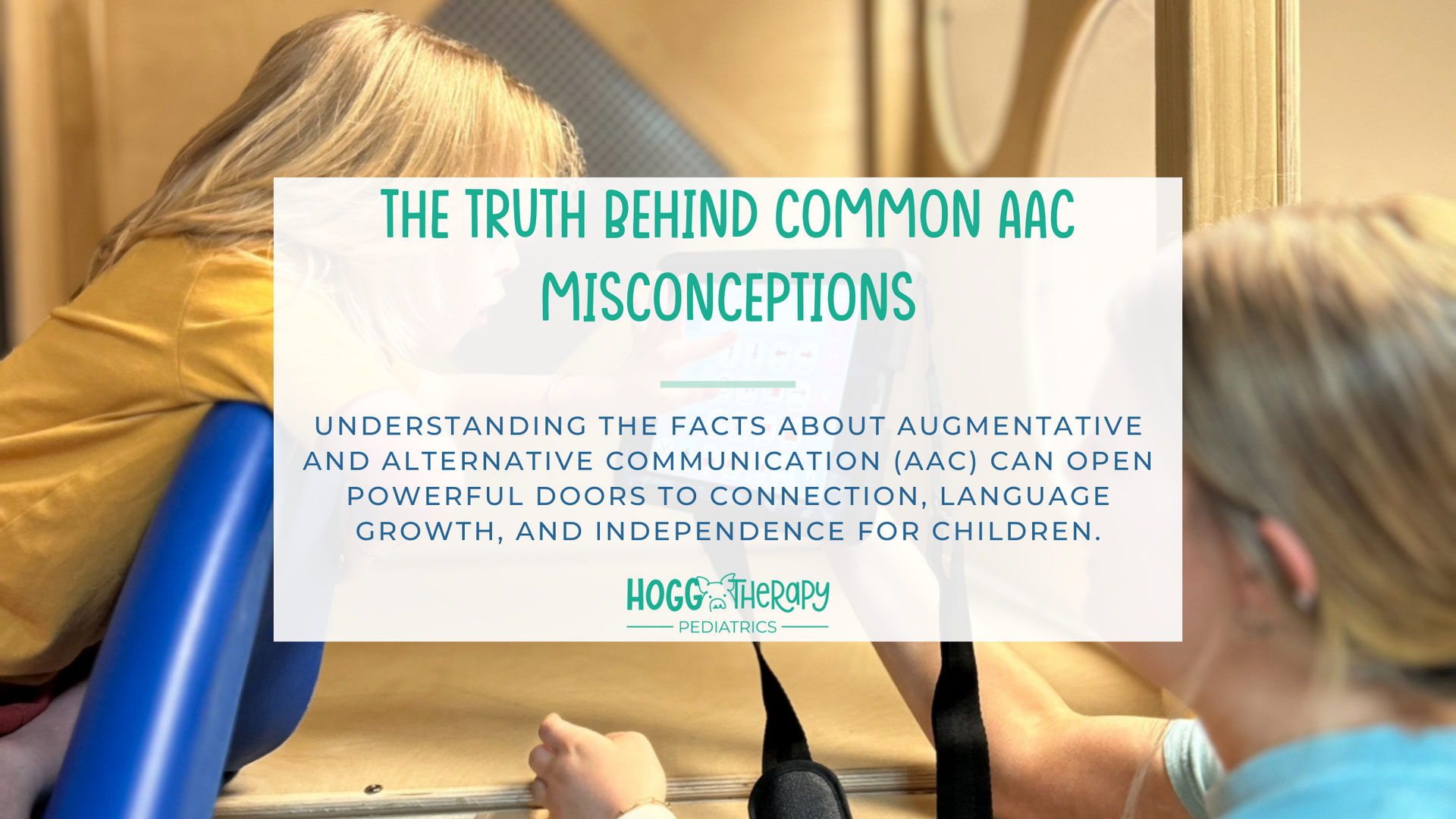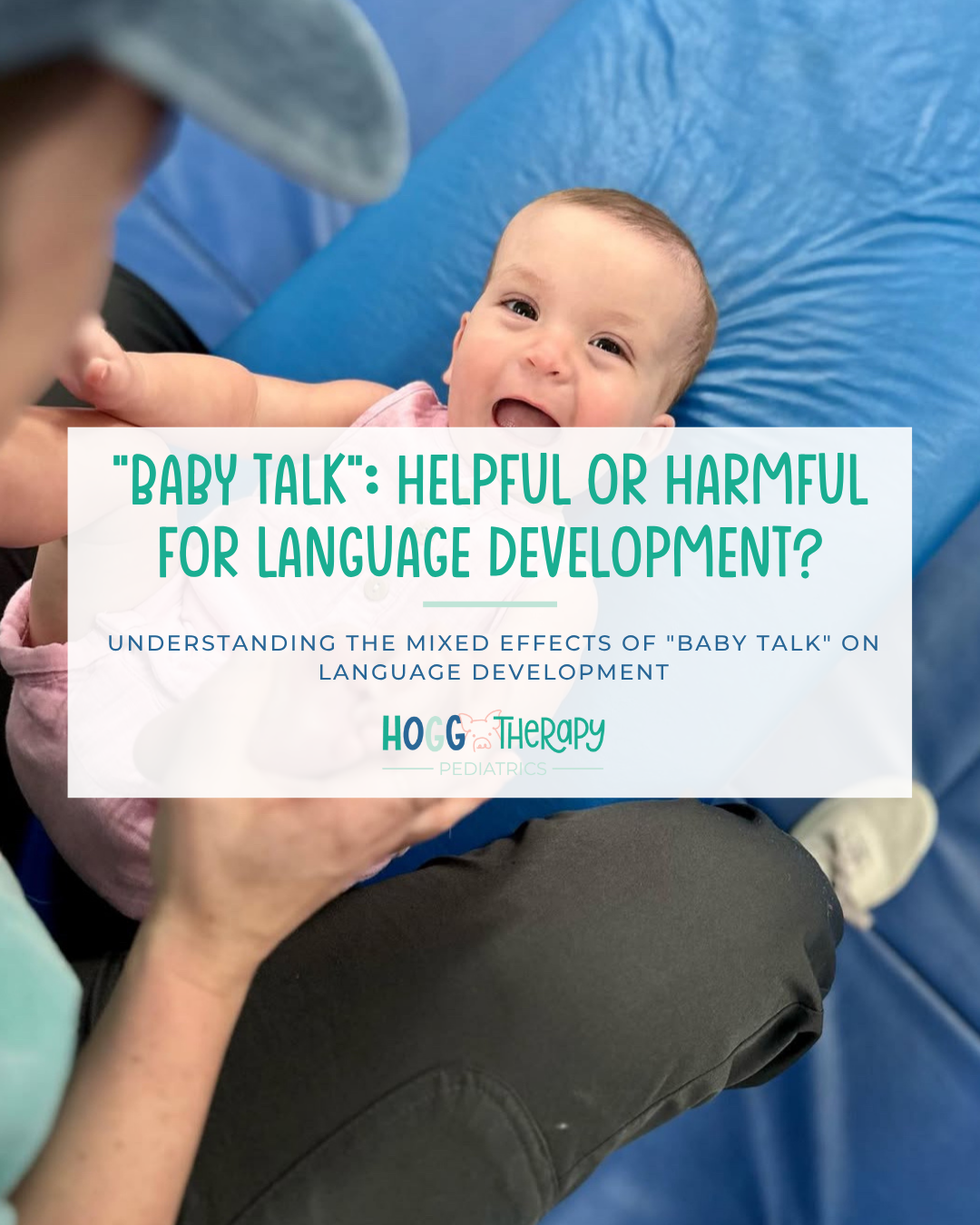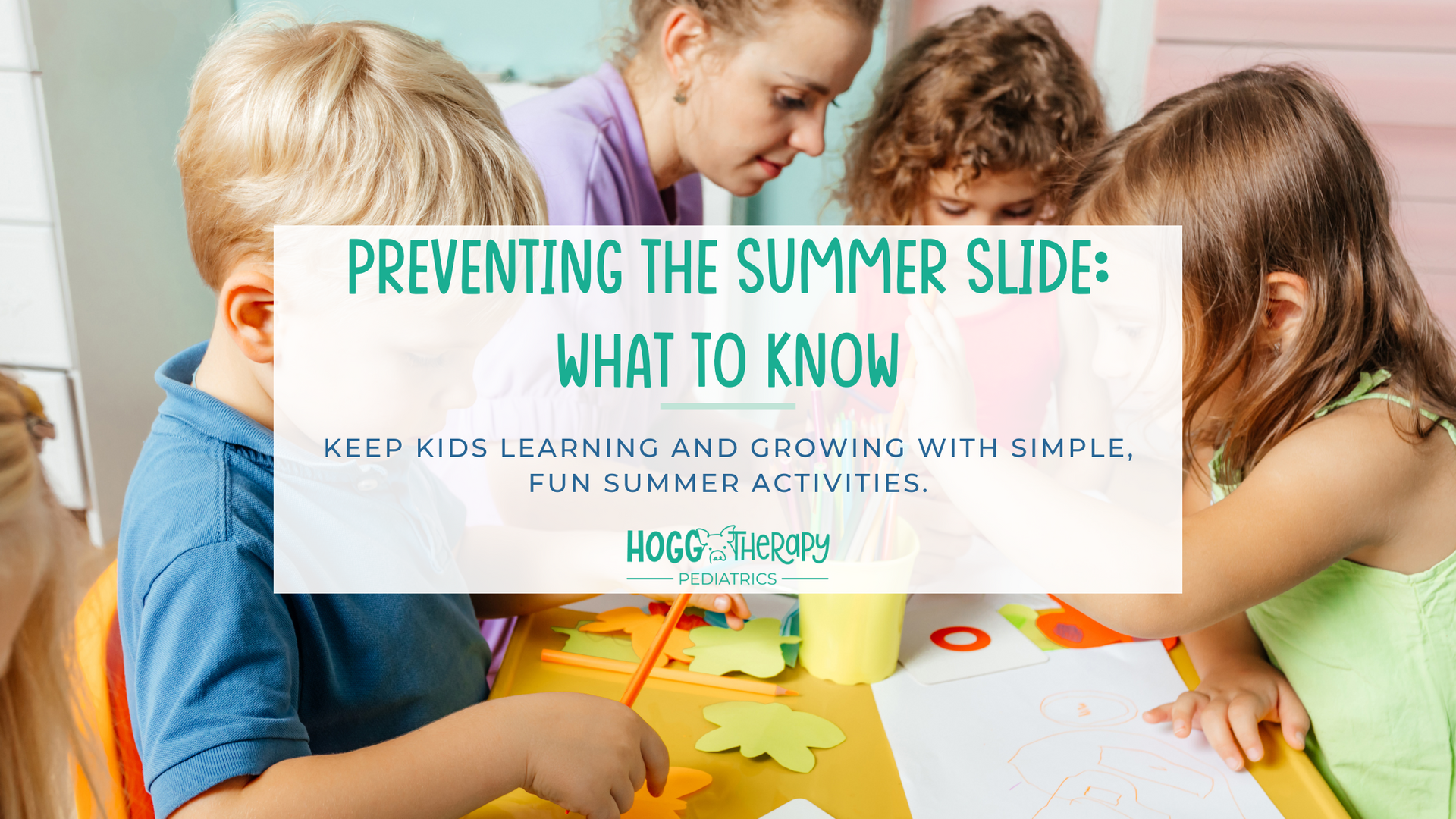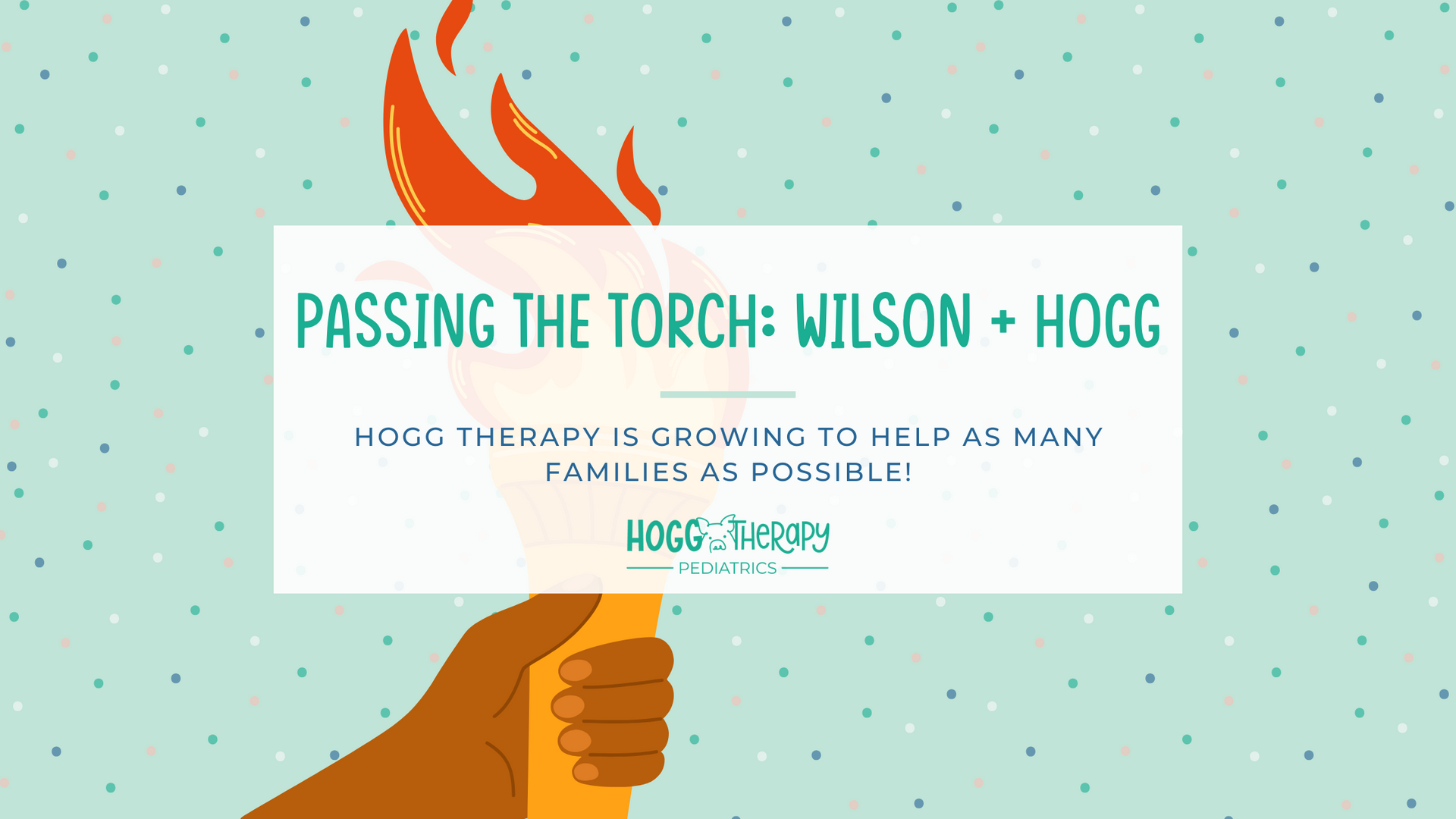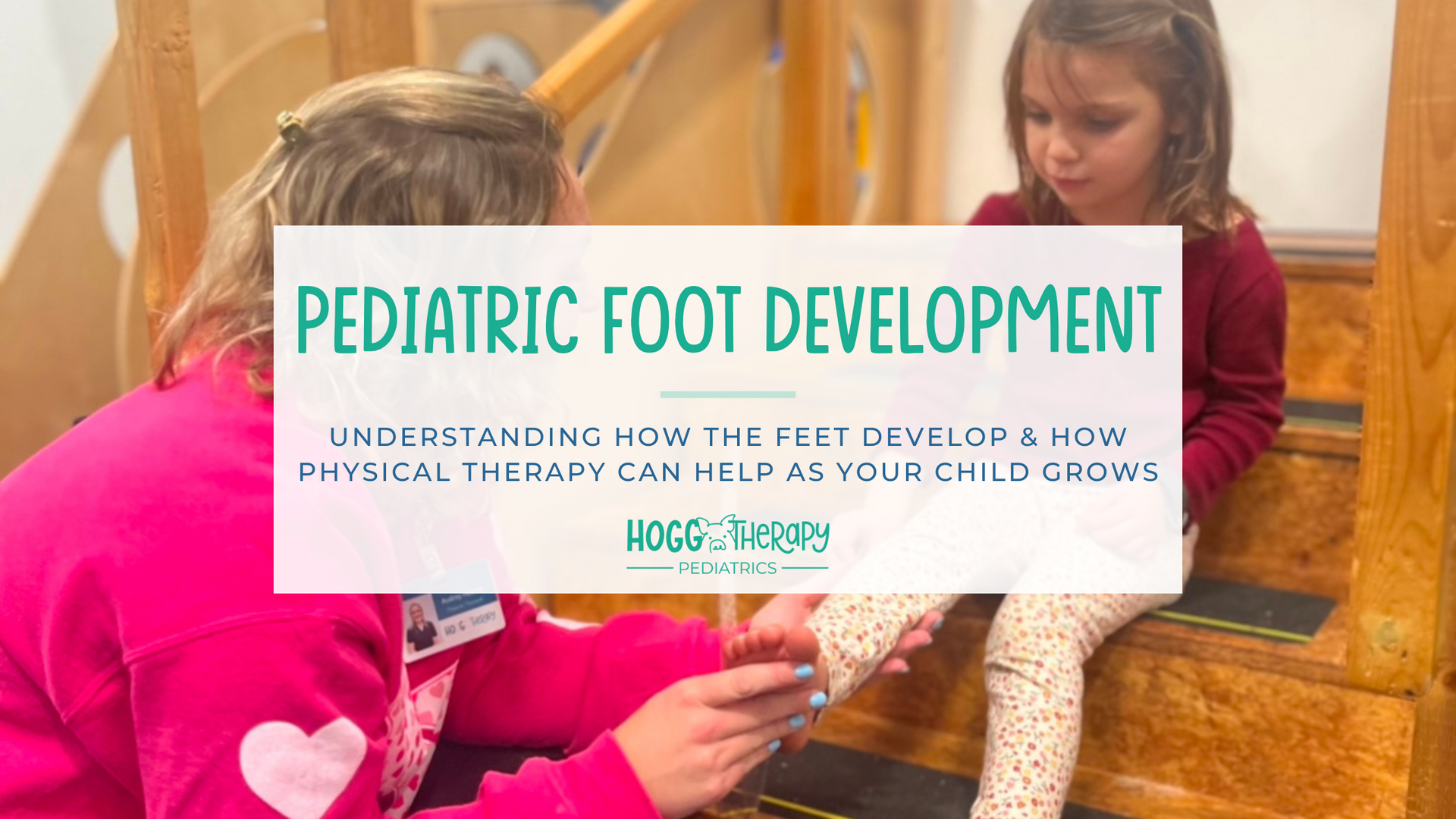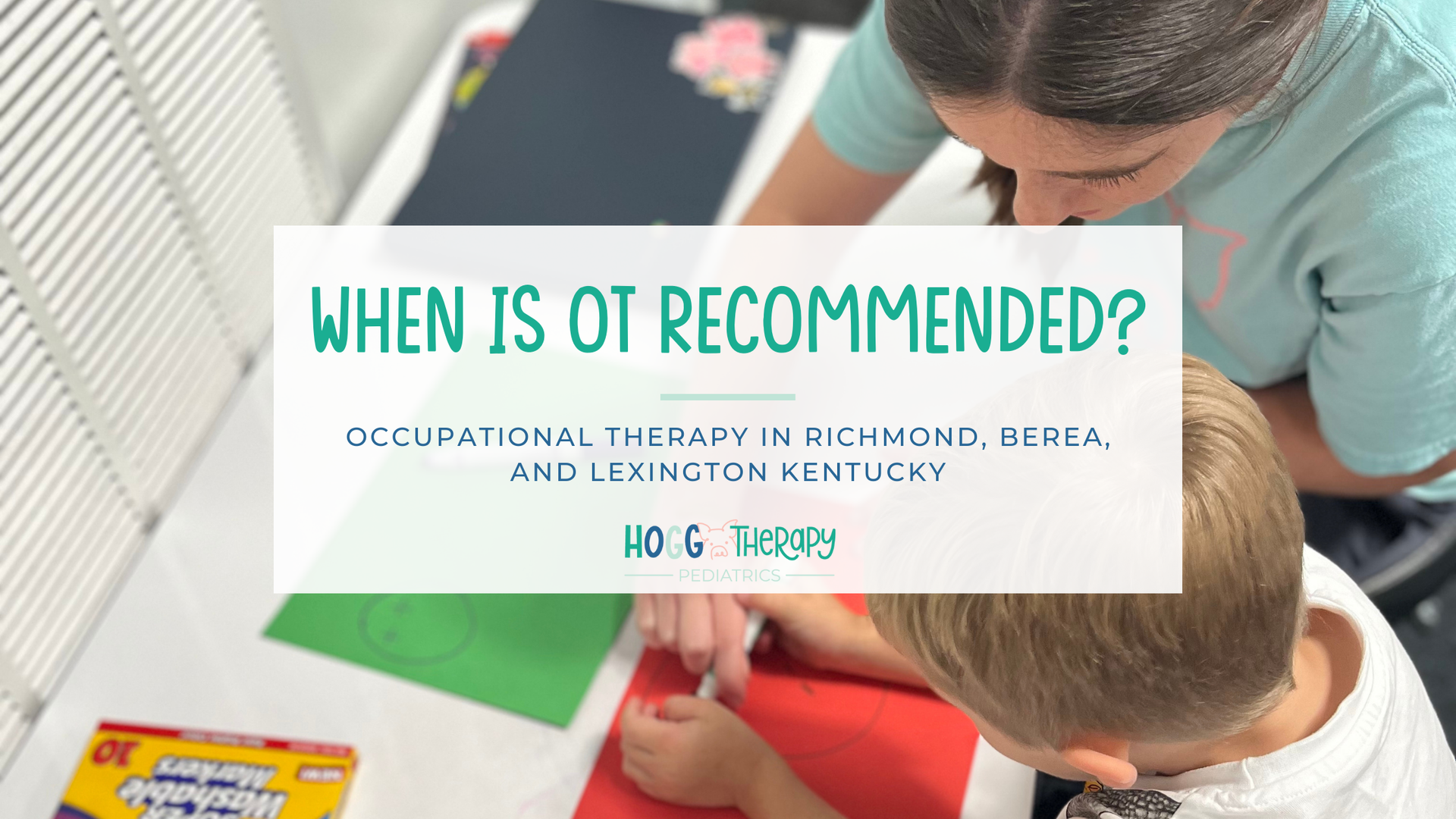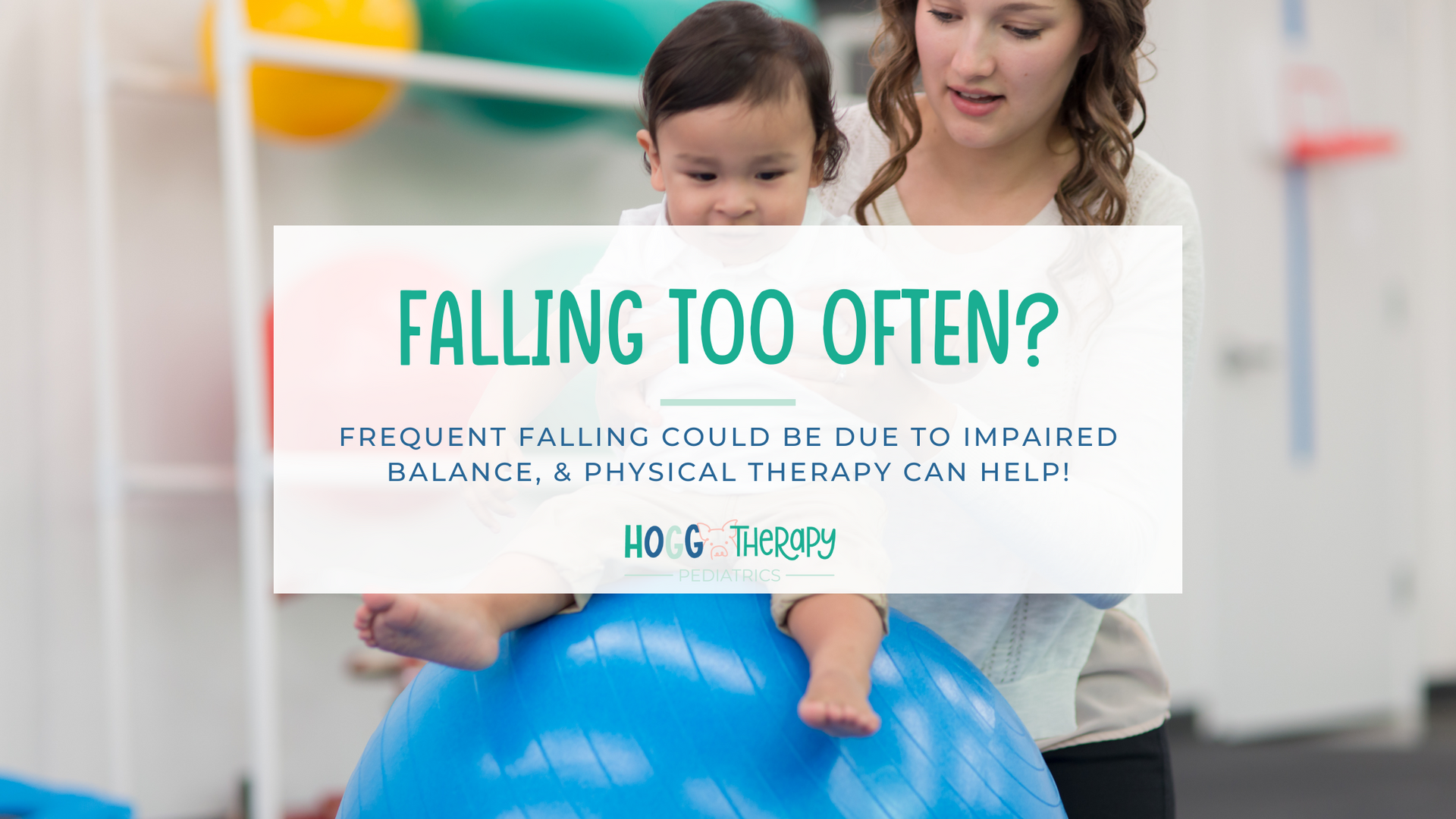How to Foster a Love of Reading in Children with Dyslexia
By: Shannon Smith, Learning Center Specialist
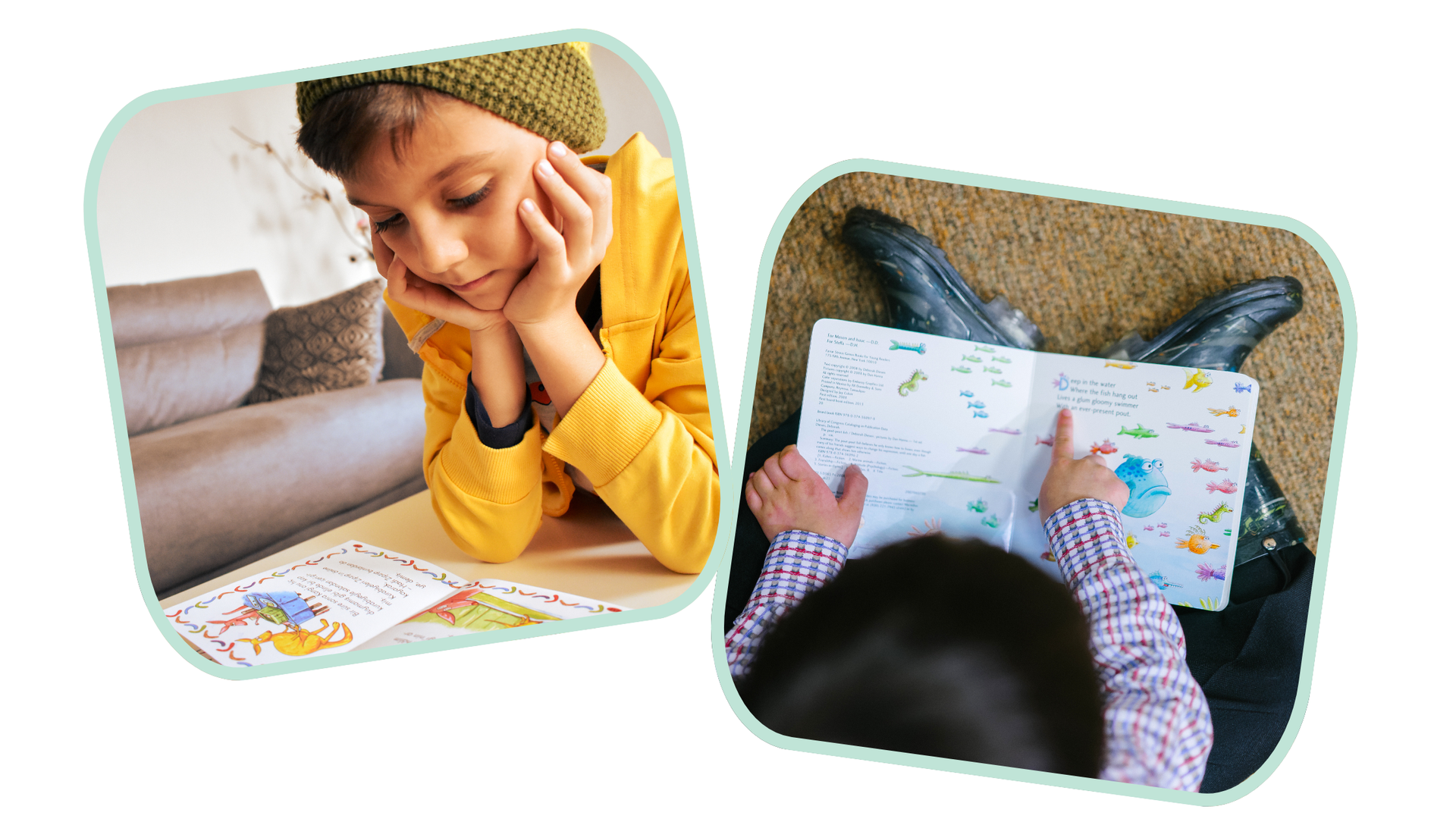
Having a child with dyslexia is very worrying for a parent and can lead to feelings of helplessness. All parents want their children to succeed but what can they do to help?
Finding a dyslexia specific learning program or working with a specialist is important. But parents can also play an important role in building confidence and fostering an interest in reading!
Tips for Parents
Read to Younger Children! Especially grade level books about subjects they enjoy. Children can develop comprehension, vocabulary and critical thinking skills without the stress of decoding words.
- Ask questions about the story and the characters. Can they relate to the character(s)? What would they do instead? How is the story going to end?
- Define any words they don’t know. Ask them to think of other words with the same meaning.
- Compare what happens in the book to something that’s happened to you in real life or make up a new ending for the story together!
While audiobooks are also useful, reading to your child for even just a few minutes every day gives you the chance to target important reading skills.
Focus on their strengths and interests! Think about what your child enjoys or activities they are good at and make them a part of reading.
- Do they love to draw or paint? Have them illustrate what happens in the story or draw pictures of the characters.
- Using toys or legos, ask them to create a scene or a setting from the book.
- Let them make up a song, dance or play to tell the story. Older kids may be inspired to write or create their own version of events. Dyslexic people are often great storytellers and are especially creative.
Associating reading with their interests gives them a “win” instead of always feeling like they are failing.
Encourage All Types of Books! You may worry if your child gravitates towards comic books or graphic novels because they are seen as less beneficial. But they can help struggling readers!
- Illustrations provide context clues to help readers understand what is happening when they cannot decode all the words, which lessens frustration. Graphic novels and comics pair potentially unfamiliar words with a picture that’s easier to understand and remember so this can help develop vocabulary!
- Smaller paneled sections of words are much less overwhelming than long, uninterrupted walls of text, which prevents cognitive overload.
- Sequences of events are easier to follow in comic books and graphic novels. Kids learn the structure of storytelling which makes them more likely to read traditional books because they’ve developed better comprehension skills.
As a parent, your most important role is giving loving support and celebrating your child’s successes. But you can also provide ways for your child to find reading they enjoy!
Not sure where to start? Here's a list of 10 great books for Kids With Dyslexia!
- Mixed Up (Middle School)
- Fish in a Tree (Ages 9-12)
- Thank you, Mr. Falker (Ages 5-9)
- Hank Zipzer Series (Ages 7-10)
- The Alphabet War: A Story About Dyslexia (Ages 5-8)
- It's Called Dyslexia: An Educational and Empowering Book for Children About Being Dyslexic (Live and Learn) (Ages 6-9)
- Percy Jackson and the Olympians (Ages 10-14)
- Dyslexia is My Superpower (Most of the Time) (Ages 8-12)
- Ghosts (Ages 8-12)
- A Walk in the Woods (Ages 6-9)
